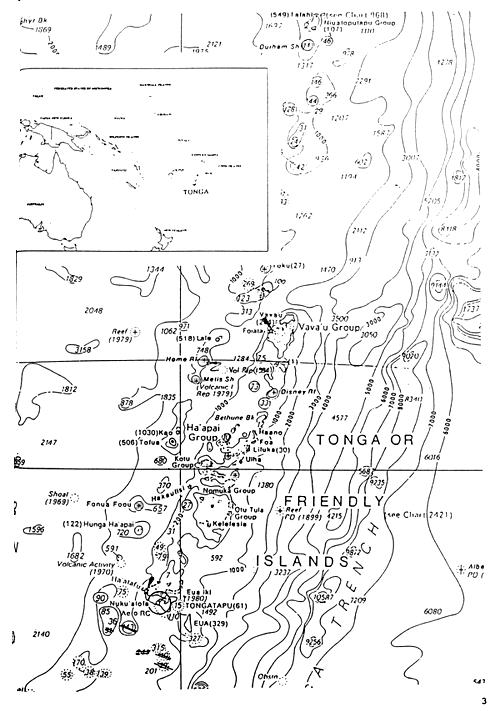To assess the occurrence of the Cladosiphon sp., reconnaissance of the known sites were initially undertaken. A general profile of the ecological parameters conducive to the presence of the algae were determined. Other sites were inspected which included reported sightings and probable occurrence based on anecdotal information, ecological requirements and aerial photography.
Reef areas, accessible by road, were surveyed by swimming transects. The offshore areas were surveyed by spot diving and manta towing.
A description of the habitat location included GPS position, dominant organisms, substrate and depth. Sample quadrats (l m2) were subjectively selected to quantify the amount of Cladosiphon present. The algae was collected, drained and weighed. This measure serves both as an indication of the harvestible material present and as a quantitative means of comparing the maximum density between sites.
The protocol for the removal of the excess water was to collect the algae in a porous bag and prior to weighing, squeeze gently for 30 seconds. The resulting sample is moist but no water continues to drain from the bag.
Aerial photographs were used to assess the extent of the foreshore habitats, most importantly the area of seagrass beds. As the abundance of the algae is seasonally related and generally patchy in its distribution, this measure is always an overestimate. It does provide an understanding of the potential for maximum productivity and allows the ranking of sites on the basis of the resource. Subsequent verification at the beginning of the harvest season would allow a more accurate estimation of the extent of the resource.
The objective of conducting a growth study during the survey period was to assess the vegetative growth of the algae at a late stage in its sporophytic growth cycle. Use of the maricultural facilities at the Ministry of Fisheries, provided information on a controlled, predator free environment allowing comparison with the field experiment. The principal aim of the experiment was to assess whether the algae was growing and whether algaes from different areas exhibited different growth rates, and finally whether the condition of the algae would influence the growth rate. This assessment is a ‘first look’ appraisal of the vegetative growth of the algae at this point in time.
The field trial involved the use of a rope for culture. The algae was inserted into the lay of the rope at intervals and set in both tanks and field. The rope sections were weighed following a protocol which involved the gentle shaking of the rope for 30 seconds after removal from the water and then weighing.
The field and tank experiment involved material taken from Navutoka. Six ropes were used in each case. Inserted in the ropes were six clusters of the algae. In the field site, these were affixed to the nets set out for the collection of the Cladosiphon germlings by the Ministry of Fisheries. They were placed to the west of the nets in a down-wind, along current position. The rope was restrained at the other end by stakes. The ropes were suspended above the substrate at a depth of 1m – 1.5m. The distance from the bottom varied from.5m to 1m. The algal clusters were 25cm apart. The interval between weighing was 14 days.
In the case of the tank experiment, the tank was uncovered and exposed to direct sunlight. Three ropes were placed at depth of 0.5m. Two aeration stones were utilised and a continuous flow of water was maintained.
The tray culture involved the division of a suspended 2m2 tray in a tank which was aerated and had a constant flow of seawater. The area was sheltered by a translucent fibreglass roof allowing diffuse sunlight through. Half of this tank was being used in the mariculture of trochus. The tray was divided into six compartments. Three of these were used to culture specimens collected from the offshore reefal areas adjacent to Onevai. The other three sections utilised material take from Navutoka. The Onevai sample appeared much more vital, lacking the matted, sediment fouled appearance from that taken from Navutoka. The interval between weighing was 10 days.

Figure 1. Chart of the Kingdom of Tonga with the South Pacific location (inset).
In all cases, the parameter measured is the percentage growth per time interval based on the weight taken at the beginning and end of the time interval.